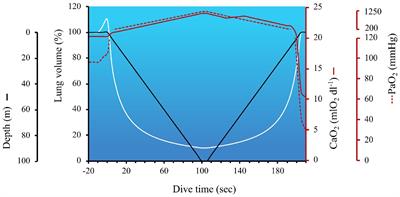Recently I've been reading/listening to books on diving pioneering, including free diving. One aspect of physiology that came up, particularly with respect to free diving, is lung squeeze ("thoracic squeeze"). The free diver can go so deep that eventually their lungs can become injured from being over compressed from the pressure.
Maybe this is a stupid question, but how do the lungs get into that over compressed state? I understand Boyle's Law and such with respect to gases under pressure, but I'm confused as to how the external water pressure is communicated to the lungs so dramatically. I'm not sure if it's a 1:1 relationship, but suppose a free diver descends 10 atmospheres; their lungs will have compressed by the same or similar factor as water pressure.
Our bodies don't compress in size by a factor of 10 in this scenario. We're not incompressible, but neither are we particularly compressible. So why do the lungs compress so much and so equally to water pressure?
If this has already been answered here maybe someone can point me in the direction of the earlier threads. Thanks!
Maybe this is a stupid question, but how do the lungs get into that over compressed state? I understand Boyle's Law and such with respect to gases under pressure, but I'm confused as to how the external water pressure is communicated to the lungs so dramatically. I'm not sure if it's a 1:1 relationship, but suppose a free diver descends 10 atmospheres; their lungs will have compressed by the same or similar factor as water pressure.
Our bodies don't compress in size by a factor of 10 in this scenario. We're not incompressible, but neither are we particularly compressible. So why do the lungs compress so much and so equally to water pressure?
If this has already been answered here maybe someone can point me in the direction of the earlier threads. Thanks!





